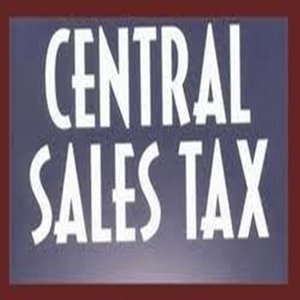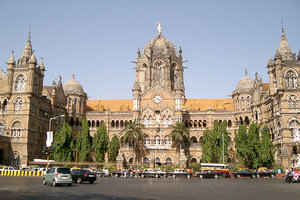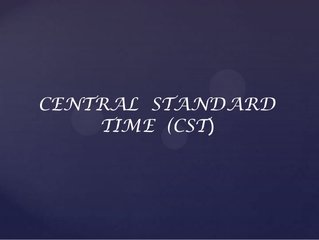What is the full form of CST1) CST: Central Sales TaxCST stands for Central Sales Tax. It is a type of indirect tax that is imposed on goods that are sold from one state to another state. The dealer of one state imposes CST on goods sold to the buyer of another state. 
CST is governed by Central State Tax Act 1956. This Act provides the definition of inter-state trade, describes the situations where CST is applicable, penalties and trade restrictions, etc. CST is levied by the central government of India, but its charge ability is state specific. CST is an indirect and origin-based tax as it is administered by the state in which the sale originates and is payable in the state where the product is sold. It is only for inter-state transactions. It is not applicable to goods sold within a state and import or export of goods. CST ExemptionsCST is exempted on a few occasions, some of which are as follows:
Goals of the Central Sales Tax ActThe Central Sales Tax Act was introduced by the government in an effort to streamline and simplify tax collection across the nation. The following list includes a few of the Central Sales Tax Act's primary goals.
Rules for Central State TaxesAn individual engaging in interstate commerce is expected to follow a number of rules. Below are a few of the key guidelines.
Exemptions from Central Sales TaxThere are some circumstances when Central Sales Tax is not applicable, some of which are listed below: If outbound freight is paid for separately and outbound insurance of products is transferred to a buyer before dispatch, central sales tax is not applied. If goods are returned within 180 days, no CST is required to be paid. When a sale within a specific state is exempt, CST is also exempt. CST is not applied to purchases made by SEZs and diplomatic missions. How do I register for central sales tax?People must provide their TIN registration number in order to register for the Central Sales Tax. The process begins with obtaining a Taxpayer Identification Number, after which they must complete the relevant paperwork and pay the associated registration charge. Documentation needed:People who register for CST must provide the following documentation:
Note: State requirements for documentation can vary.2) CST: Chhatrapati Shivaji TerminusCST stands for Chhatrapati Shivaji Terminus. It is a historic railway station located in Mumbai, Maharashtra. CST, formally known as Victoria Terminus (VT), was designed by Frederick William Stevens and is based on the Victorian-Gothic style of architecture. CST is also a UNESCO world heritage site and the headquarters of the Central Railway in India. It is the most famous landmark of Mumbai. Its entrance gate has two columns, one is crowned with a lion (represents Great Britain), and another one is crowned with a tiger (represents India). It is mostly made up of limestone and sandstone, and its interiors are lined with Italian marble. 
Brief History
3) CST: Central Standard TimeCST stands for Central Standard Time (CST). It represents a time zone that is 6 hours behind the Coordinated Universal Time (Greenwich Mean Time - GMT). So, to find the standard time in this zone, you have to subtract six hours from the Universal Time. CST is observed mainly in the territories of North and Central America. 
On the basis of different geographical locations, CST can have many additional names, some of which are as follows:
Next TopicFull Form
|
 For Videos Join Our Youtube Channel: Join Now
For Videos Join Our Youtube Channel: Join Now
Feedback
- Send your Feedback to [email protected]
Help Others, Please Share










